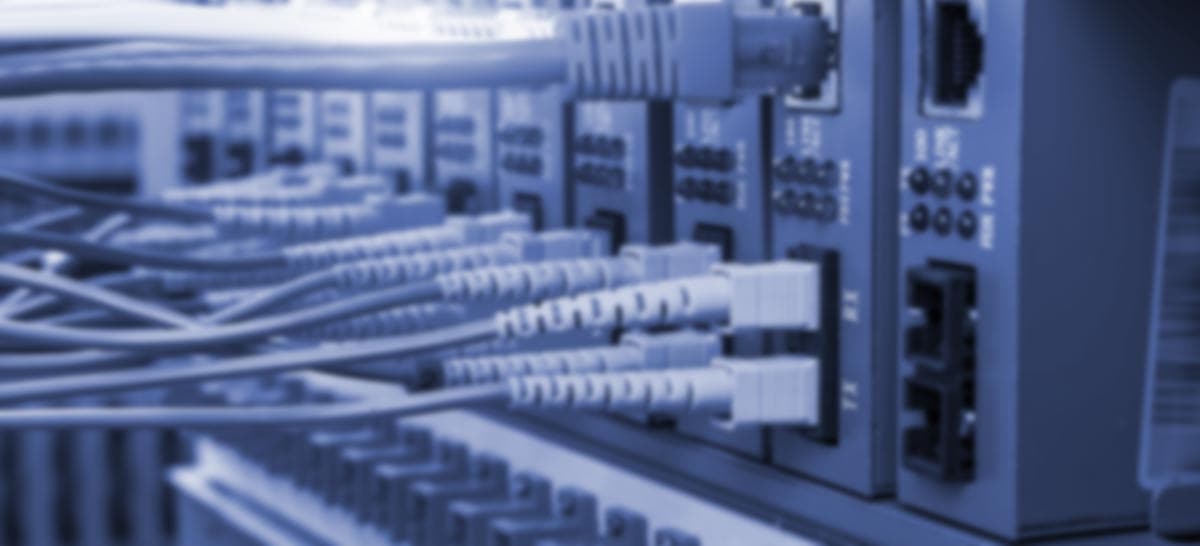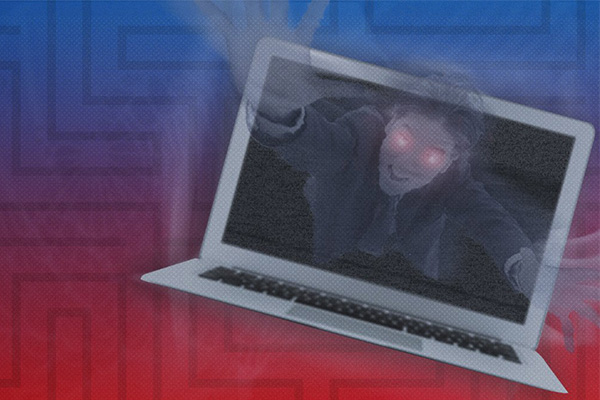3 Step Guide to Selecting the Right Catastrophe Recovery Solution
Whether it's a ransomware attack, a natural catastrophe, or corruption of a consumer's database, you wish to ensure that your organization's IT system can recuperate. Having an organization continuity and catastrophe healing (BCDR) strategy is necessary. There are a huge selection of BCDR options (on-premise, hybrid, or cloud-based), and it's essential to pick the very best one for your service needs. Here's what you must be watching out for when examining your next BCDR service.
Discover the Right Business Continuity/Disaster Recovery Solution in 3 Steps:
1. Evaluate BCDR and DRaaS Solutions
Among the biggest aspects when choosing a BCDR solution is figuring out whether you'll contract out support or manage it internally. If you plan on contracting out help, you'll require to partner with a managed companies (MSP) that is proficient in continuity and compliance options. Since numerous BCDR options integrate cloud, software, and hardware aspects - you'll require a procedure to support your virtual possessions, regional servers and desktops. BCDR hardware has numerous functions consisting of:

Hosting BCDR software

Transferring server images to the cloud for catastrophe recovery
Storing regional copies of backup server images for routine brings back
Acting as the main server throughout a failover, allowing service to continue throughout repairBCDR software application is used to automate and manage backup and healing processes. After a preliminary full server backup, BCDR software takes incremental photos to create "recovery points" or point-in-time server images. Healing points are utilized to bring back the state of a server or workstation to a particular time (before it failed or information was damaged).
2. Seek BCDR Cloud Options
The best BCDR services have a cloud backup along with a healing component. This is since the cloud serves two functions in a BCDR option. The first is to provide offsite storage space for server and workstation images used for brings back. The 2nd is to take control of vital operations when a failover occurs.
Backups can be stored locally - on a device or backup server in your data center - or remotely, in the cloud. For BCDR, it's finest to keep copies of your backups in both locations. To put it simply, if it's not possible to restore a system in your area, you can failover to the cloud. Likewise, your service should attend to a range of information repair situations, varying from restoring a few lost files to recovering from a complete server failure or the destruction of multiple servers and PCs. Bring back from regional backups is quicker, while the alternative of failing over to the cloud provides you it support supreme security versus worst-case circumstances.
3. Address Security and Compliance Frameworks
A BCDR must attend to ransomware detection, point-in-time rollback abilities, and data immutability. It's important to try to find BCDR solutions that comply with Service Organization Control (SOC 1/ SSAE 16 and SOC 2 Type II) reporting standards and feature two-factor authentication. This can help secure your information and minimize the requirement for manual intervention. If you want to find out how to keep your organization healthy and protected, reach out to us for a complimentary IT consultation.